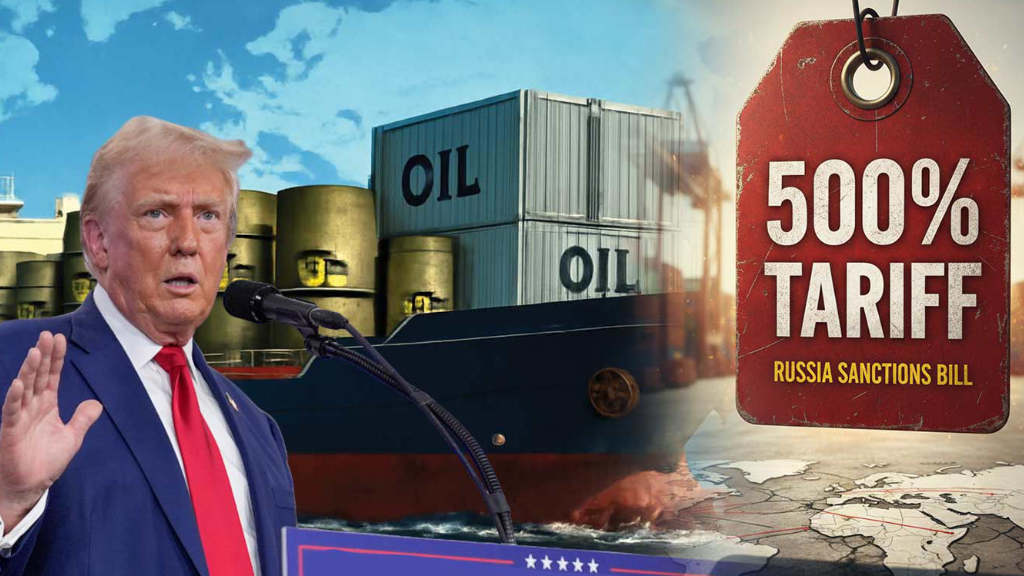The Chinese Ministry of Commerce, along with Chinese agencies for environmental protection, reform and development, energy, forestry and customs regulation has confirmed the acceleration of work to optimize pellet imports into the country.
Wood pellets are generally burned for heat, although they may also be used to generate process steam and/or electricity. The stoves to burn pellets can range from large commercial boilers to small, residential heaters.
The discussions are illustrative of who China’s ‘non-preferential’ free trade agreement with the Eurasian Economic Union (EAEU) actually works. Instead of being based on a broad list of thousands of product categories and respective tariffs, it operates on an ‘as need’ basis.
Currently, regular pellet supplies from Russia or the EAEU to China are not taking place, as this byproduct of wood processing had been classified by Chinese regulators as waste rather than biofuel. Russian forestry companies, which prior to sanctions primarily supplied fuel pellets to the European market, have repeatedly drawn authorities’ attention to the need to create new sales markets, pointing to significant accumulations of sawdust in warehouses. The largest potential market for Russian pellet supplies is China. The Russian Industry and Trade Ministry has therefore been negotiating to lift China’s import restrictions.
According to data cited in the ministry’s statement, Russia-China trade turnover in the forestry sector in 2024 amounted to US$6.6 billion.
The wood pellet market in China is a huge opportunity and a challenge for Russian producers. Demand for biofuels in China is growing 15%-20% annually, but only those who are ready to meet strict environmental standards can enter this market.
Further Reading
St. Petersburg Exchange To Close First China Timber Export Contract





